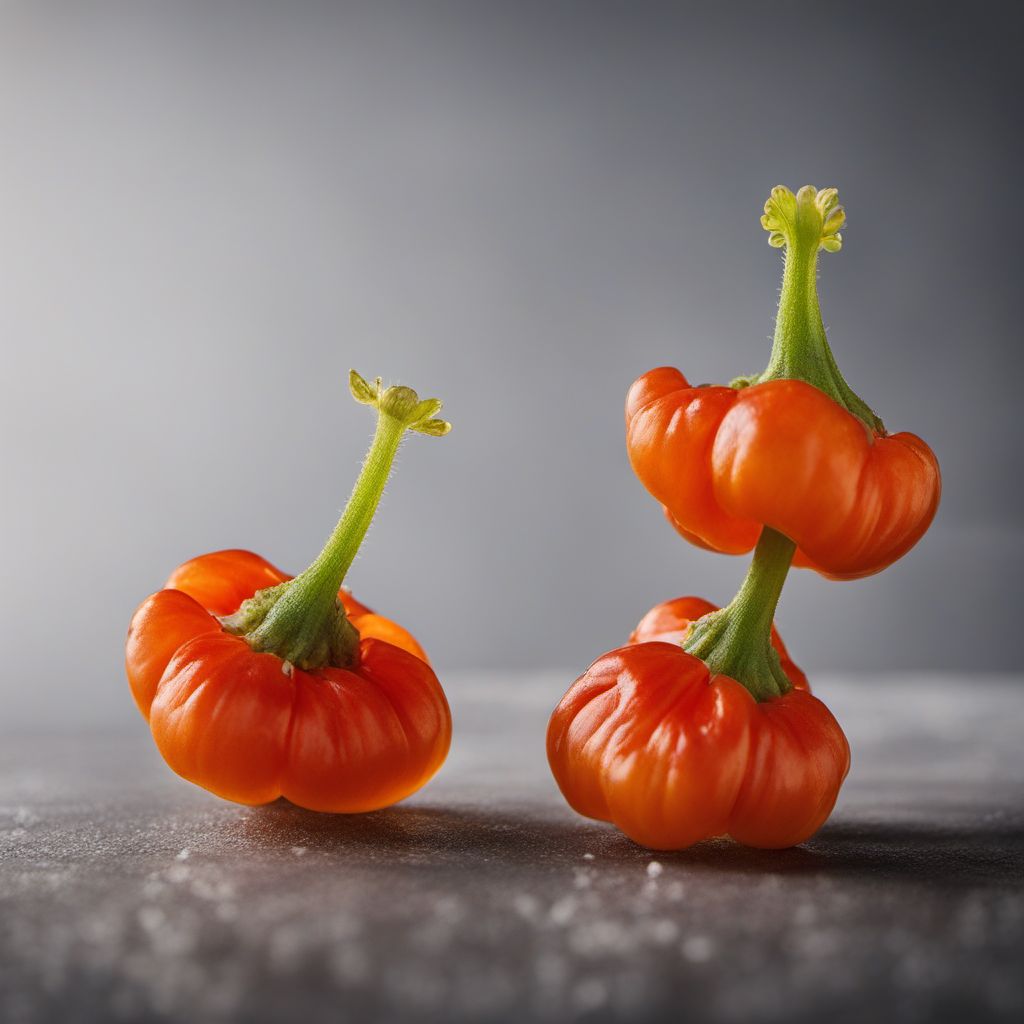
Ingredient
Scotch bonnet mushrooms
Fiery Delights: Unleashing the Flavors of Scotch Bonnet Mushrooms
Scotch bonnet mushrooms, scientifically known as Pholiota nameko, are small to medium-sized mushrooms with a convex cap and a distinct orange to reddish-brown color. They have a firm yet slightly slimy texture and a rich, earthy aroma. When cooked, these mushrooms develop a meaty and slightly nutty taste, complemented by a fiery heat that adds a delightful kick to any dish.
Origins and history
Originating from East Asia, Scotch bonnet mushrooms have a long history of culinary use in countries like Japan and China. They were traditionally foraged in the wild but are now cultivated worldwide due to their popularity. These mushrooms have been a staple in Asian cuisine for centuries and have gained recognition in Western cooking in recent years.
Nutritional information
Scotch bonnet mushrooms are low in calories and fat, making them a healthy addition to meals. They are a good source of fiber, vitamins B and D, as well as minerals like potassium and selenium.
Allergens
There are no known allergens associated with Scotch bonnet mushrooms.
How to select
When selecting Scotch bonnet mushrooms, look for firm caps with a vibrant orange to reddish-brown color. Avoid mushrooms with slimy or discolored caps. Additionally, choose mushrooms that have a fresh, earthy aroma.
Storage recommendations
To maintain the freshness and quality of Scotch bonnet mushrooms, store them in a paper bag or a loosely closed container in the refrigerator. They can stay fresh for up to a week. Avoid storing them in airtight plastic bags, as this can cause moisture buildup and spoilage.
How to produce
Amateur mushroom enthusiasts can grow Scotch bonnet mushrooms by purchasing a mushroom growing kit or by cultivating them on a substrate made of sawdust and other organic materials. The process involves maintaining proper humidity and temperature conditions, as well as providing adequate ventilation.
Preparation tips
Before cooking, gently wipe the mushrooms with a damp cloth to remove any dirt or debris. Scotch bonnet mushrooms are best when sautéed, stir-fried, or added to soups and stews. Their intense heat pairs well with bold flavors, such as garlic, ginger, and soy sauce. Remember to use them sparingly due to their fiery nature.
Substitutions
If Scotch bonnet mushrooms are not available, you can substitute them with other spicy mushrooms like shiitake or oyster mushrooms, and add a pinch of chili flakes or cayenne pepper to achieve a similar level of heat.
Culinary uses
Scotch bonnet mushrooms are commonly used in Asian stir-fries, noodle dishes, and soups. They add depth and spiciness to vegetarian and meat-based recipes alike. They can also be pickled or used as a topping for pizzas and sandwiches to add a fiery kick.
Availability
Scotch bonnet mushrooms are commonly cultivated and available in East Asian countries like Japan, China, and Korea. They can also be found in specialty grocery stores or Asian markets in other regions.
More ingredients from this category
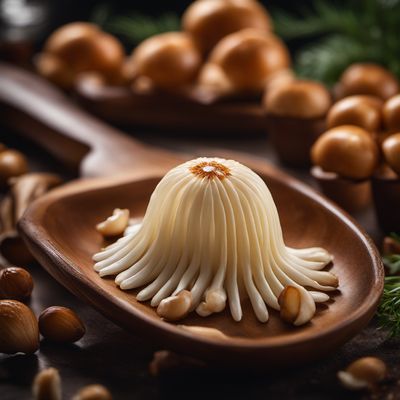
Other wild fungi
Exploring the Hidden World of Wild Mushrooms

Morels
The Earthy Delicacy

Truffles
The Earth's Edible Gems

Saffron milk cap
The Golden Delicacy: Unveiling the Secrets of Saffron Milk Cap

Honey mushroom
The Golden Fungus

Gypsy mushroom
The Enigmatic Delicacy: Gypsy Mushroom
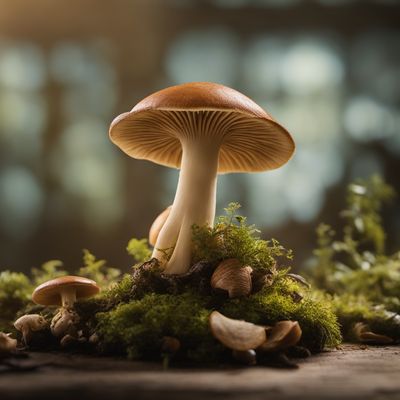
Saint George's mushrooms
The Forest Delicacy
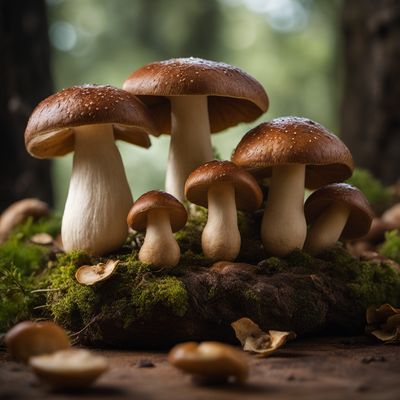
Ceps
The King of Mushrooms
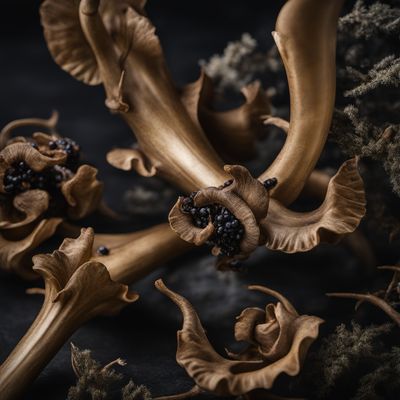
Horns of plenty
Exploring the Delights of Horns of Plenty

Hedgehog mushrooms
Exquisite Earthiness: Hedgehog Mushrooms
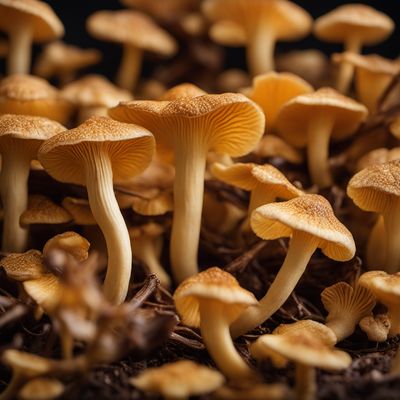
Chanterelles
Golden Delicacy
Recipes using Scotch bonnet mushrooms » Browse all

Jamaican Knob Delight
Savory Jamaican Knob Bites: A Taste of Island Delight

Caribbean Spiced Coconut Curry
Tropical Delight: Caribbean Spiced Coconut Curry

Montserratian Cheesy Dumplings
Savory Delights: Montserratian Cheesy Dumplings

Anguillan-style Empal Gentong
Spicy and Savory Anguillan Beef Stew

St. Kitts and Nevis Style Dal
Caribbean Spiced Lentil Delight

Jamaican-inspired Spicy Lentil Soup
Caribbean Heat: Jamaican-inspired Spicy Lentil Soup

Jamaican Chicken Foot Soup
Savory Jamaican Delight: Chicken Foot Soup
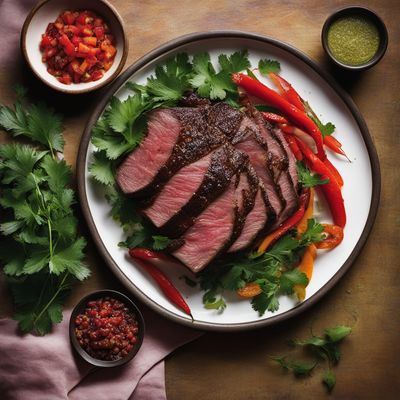
Karoo Roast Ostrich Steak with Island Flair
Tropical Twist: Island-Inspired Karoo Roast Ostrich Steak

Martinican Braşovence
Caribbean Delight: Martinican Braşovence

Caribbean Curry
Tropical Spice Delight
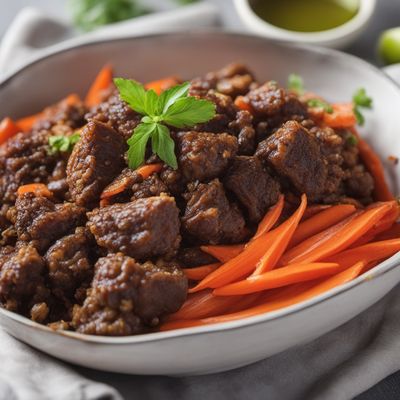
Haitian Tassot with Pikliz
Savory Haitian Tassot: A Flavorful Delight with Pikliz Twist

Haitian-Inspired Kivevé with a Tropical Twist
Tropical Delight: Haitian-Inspired Kivevé with a Burst of Flavor